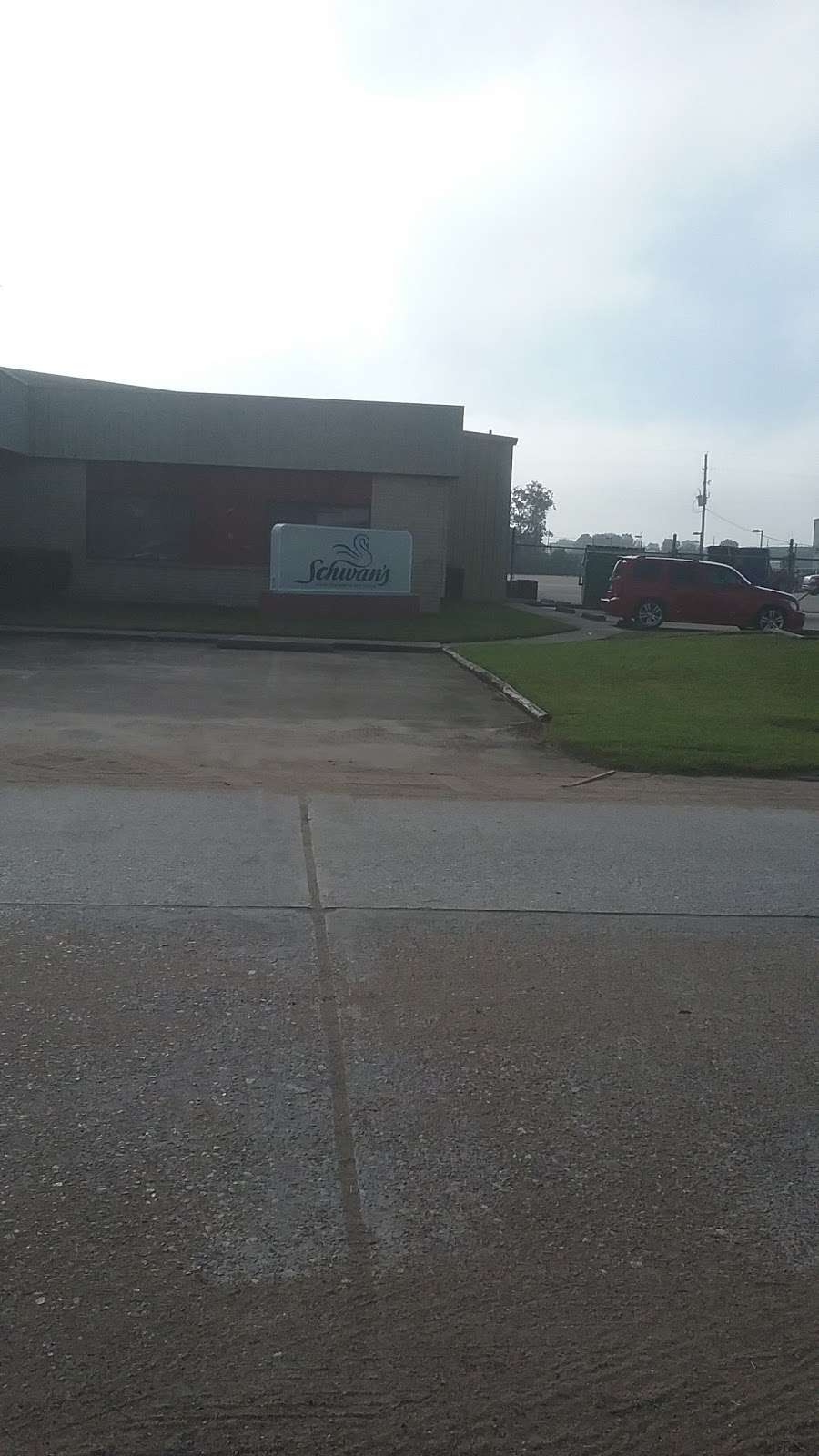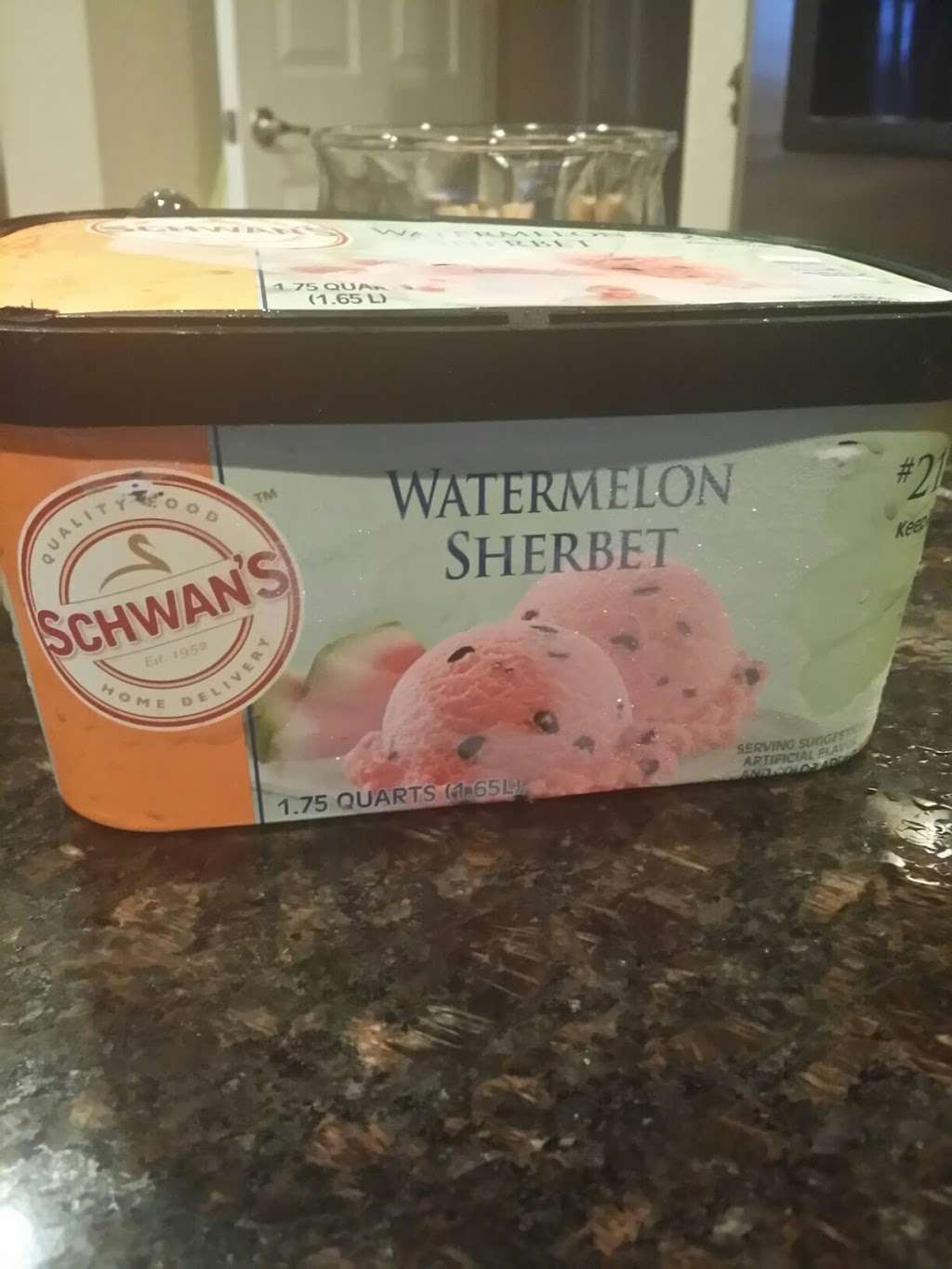

Environmental Protection Agency (EPA) have renamed them " biosolids" and dubbed them as "green" examples of recycling, beneficial reuse, and organic fertilizer and compost products. To dispose of sewage sludge produced by wastewater treatment plants, the industry and the U.S. These products are some of the sewage sludge products known to be sold by corporations and municipalities. Of the dozens of producers in almost all 50 states that participate in the USCC's STA program, at least six are known to use industrial and residential sewage sludge in their products: A-1 Organics, EKO Systems (one of whose plants was producing 3,090 dry tons of sewage sludge product a year as of 2010), Synagro (the largest processor of sewage sludge in the United States), WeCare Organics, the Inland Empire Regional Composting Authority (the Los Angeles area sewage treatment facility, sewage sludge from which is also used in products like those from Kellogg Garden Products), and Engel & Gray, Inc.'s Harvest Blend Compost. Chefs will work with the community gardeners, schools and nonprofits to teach people about using sustainably grown local food in recipes that even kids will love!"

Community gardens will use their compost to grow one million tomatoes, either for their own use or for donation to local food banks. In 2013, the USCC began a PR campaign it called the "Million Tomato Compost Campaign," which it said "connects community gardens, compost producers, chefs and food banks to grow healthy soil, healthy food, and healthy communities." Īccording to the campaign website, "USCC's STA certified compost producer members will donate STA-certified compost to participating community gardens who sign on to the Million Tomato Compost Campaign. 1 Donating Sewage Sludge Products to Community Gardensĭonating Sewage Sludge Products to Community Gardens.Composting Council's Composting Council Research and Education Foundation (CCREF) worked together to finalize and publish the standards. TMECC, and thus the standards of the STA program, were developed in a process that was initiated by Proctor and Gamble in 1995. These were selected to help both compost producer and purchaser to determine if the compost they are considering is suitable for the use that they are planning, and to help them compare various compost products using a testing program that can be performed by a group of independent, certified labs across the country and in Canada." This publication includes a suite of physical, chemical and biological tests. "The science behind the development of the STA Program and the various tests that are used is contained in ‘ Test Methods for the Examination of Composting & Compost’ (‘ TMECC’). The testing is relatively minimal and the standards are designed to allow for certification of products containing sewage sludge. The STA program, developed in 2000, requires regular testing of compost products by "certified" labs. Composting Council, an organization that promotes the use of sewage sludge in compost. The Seal of Testing Assurance (STA) is a program of the U.S. Food should not be grown in " biosolids." Join the Food Rights Network.


 0 kommentar(er)
0 kommentar(er)
